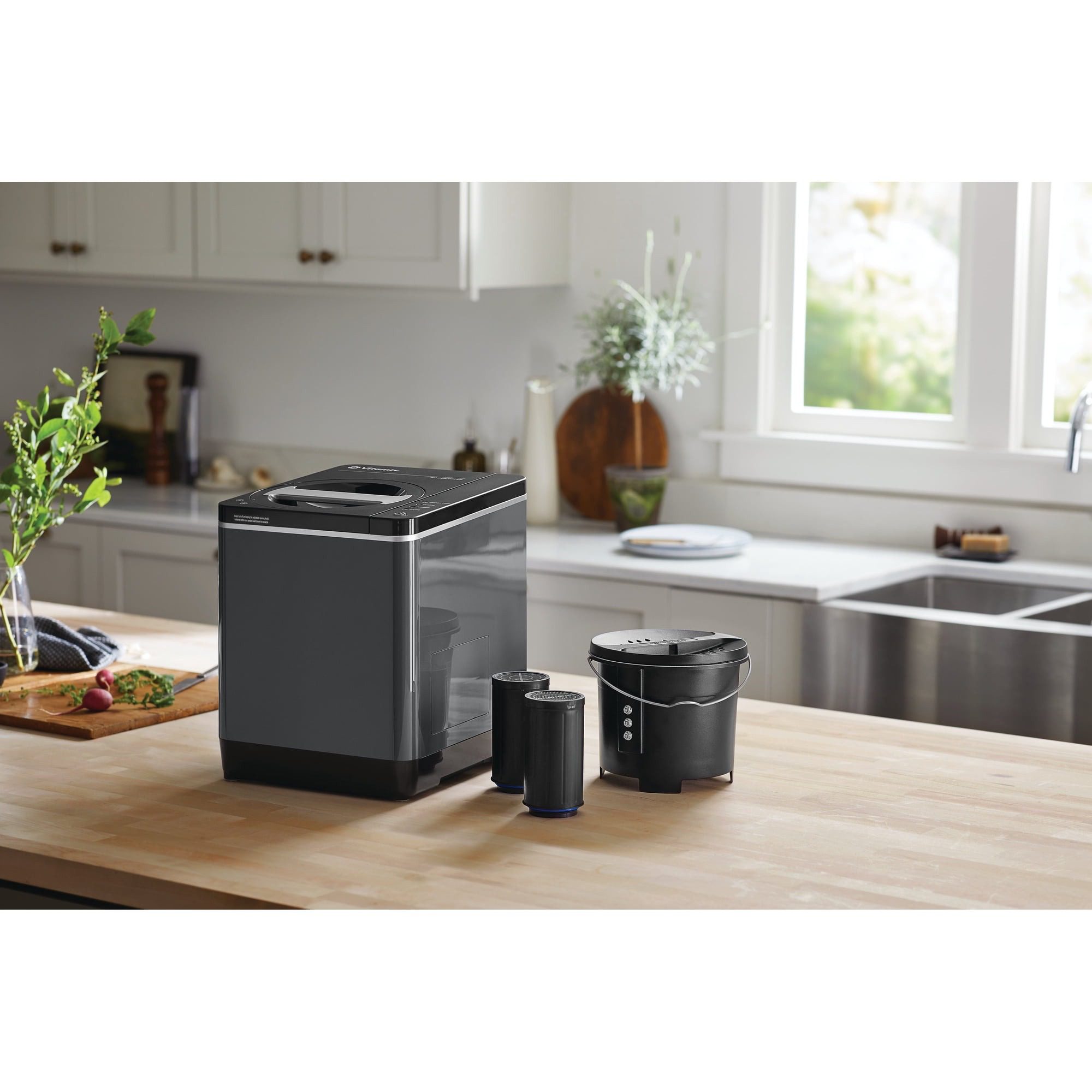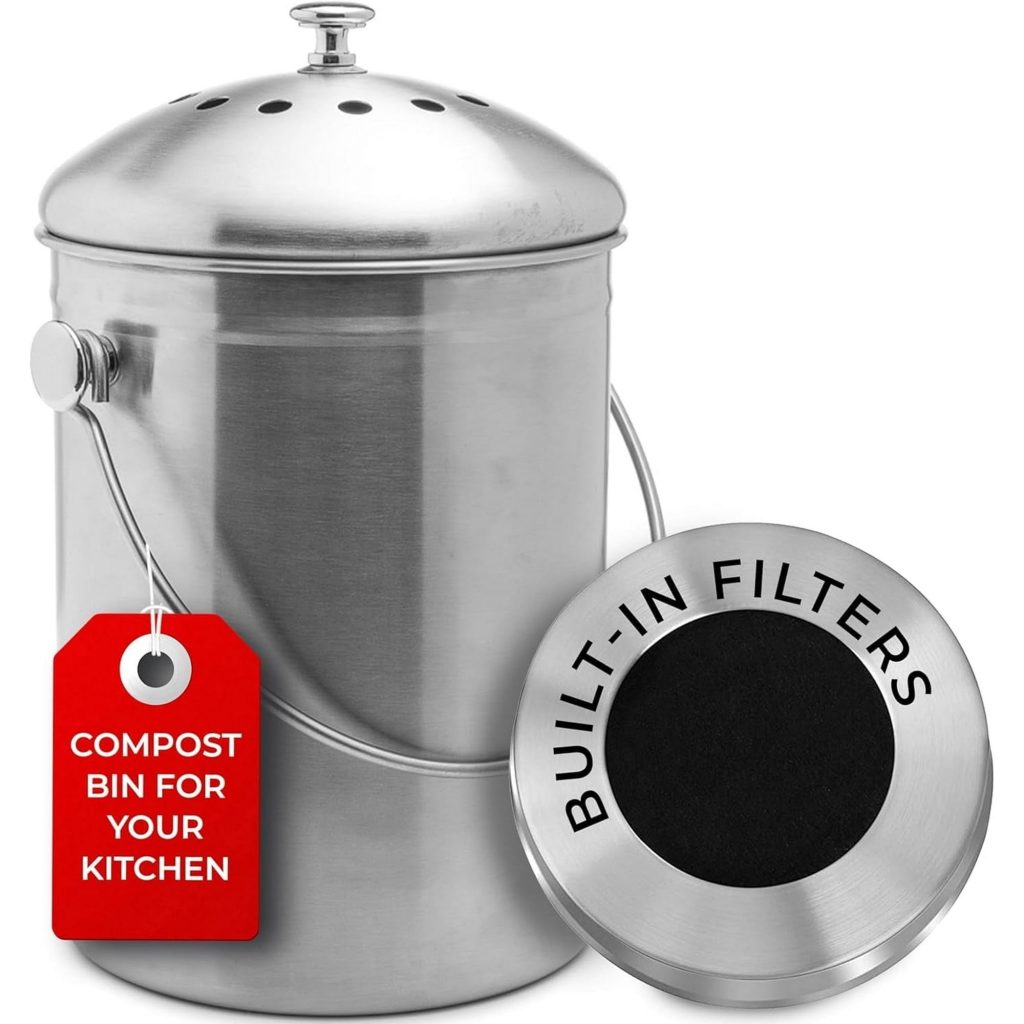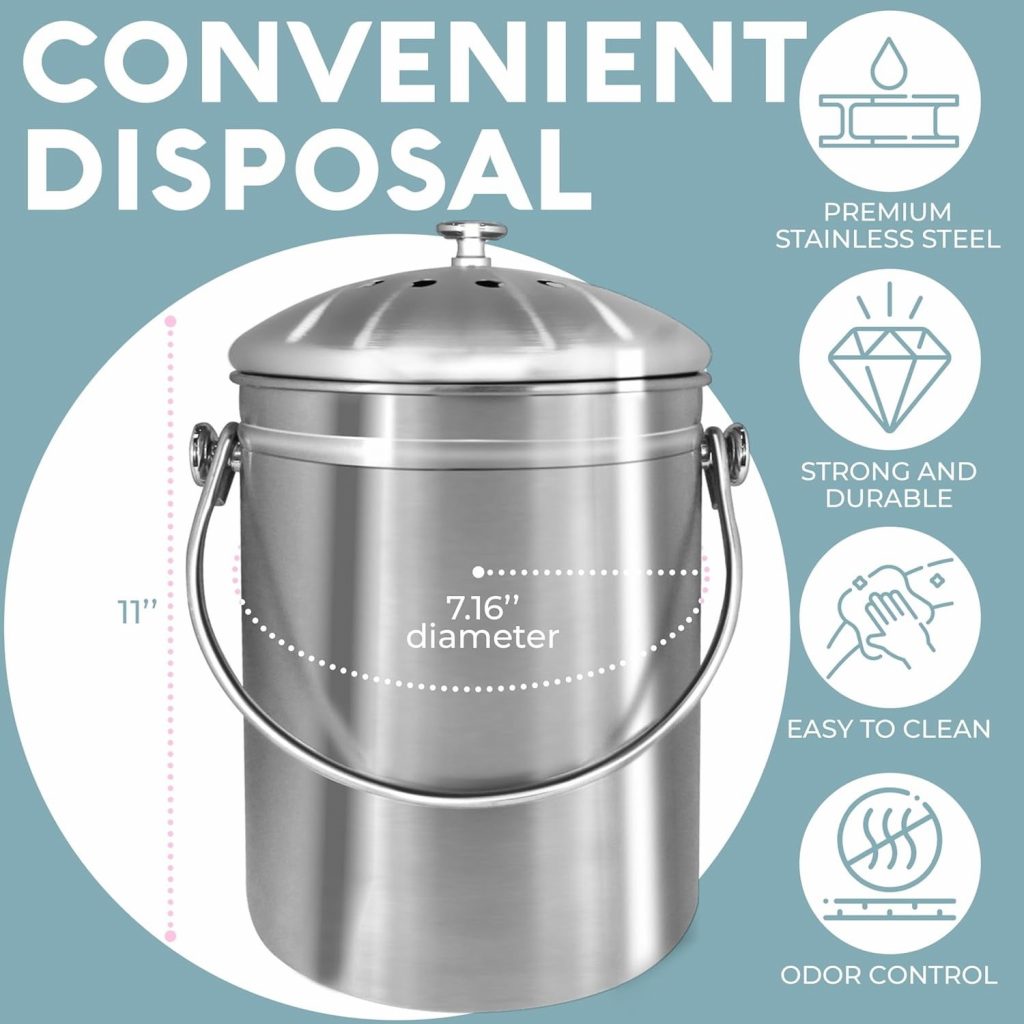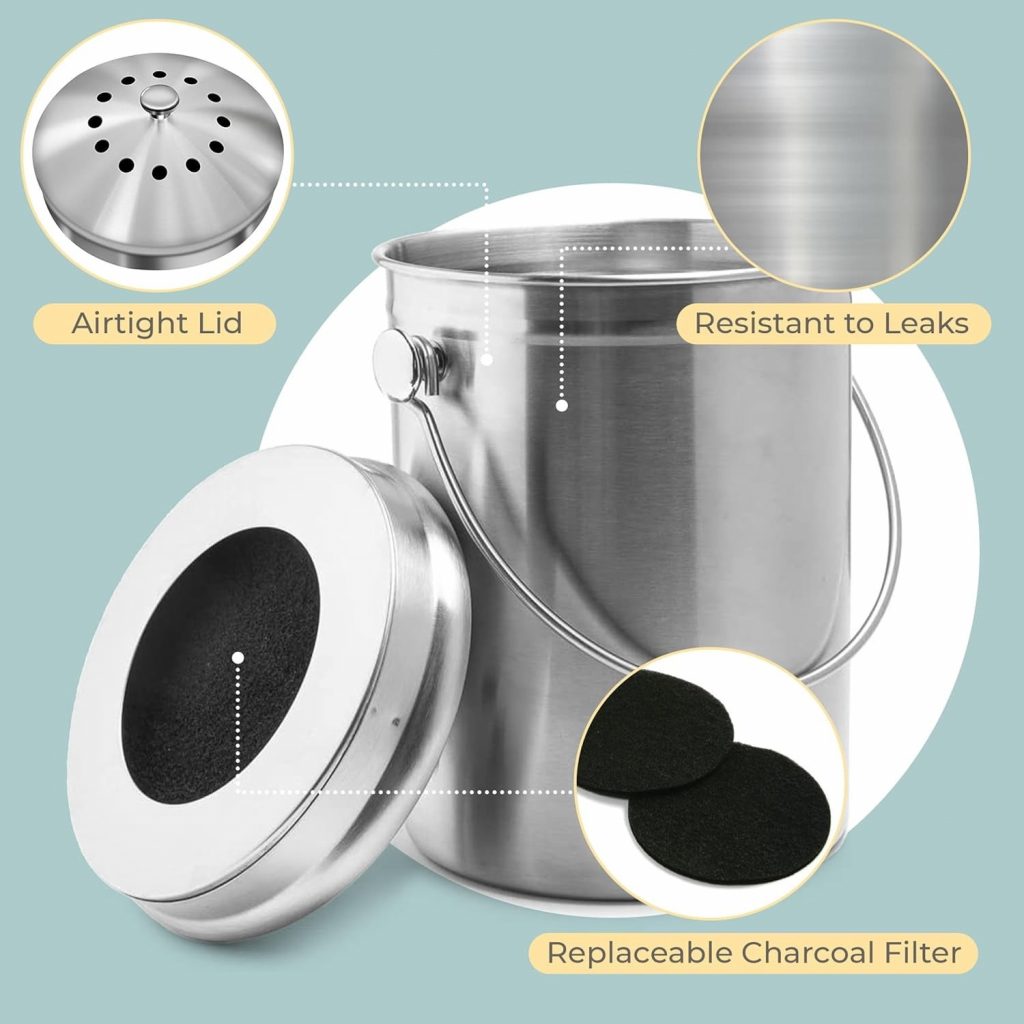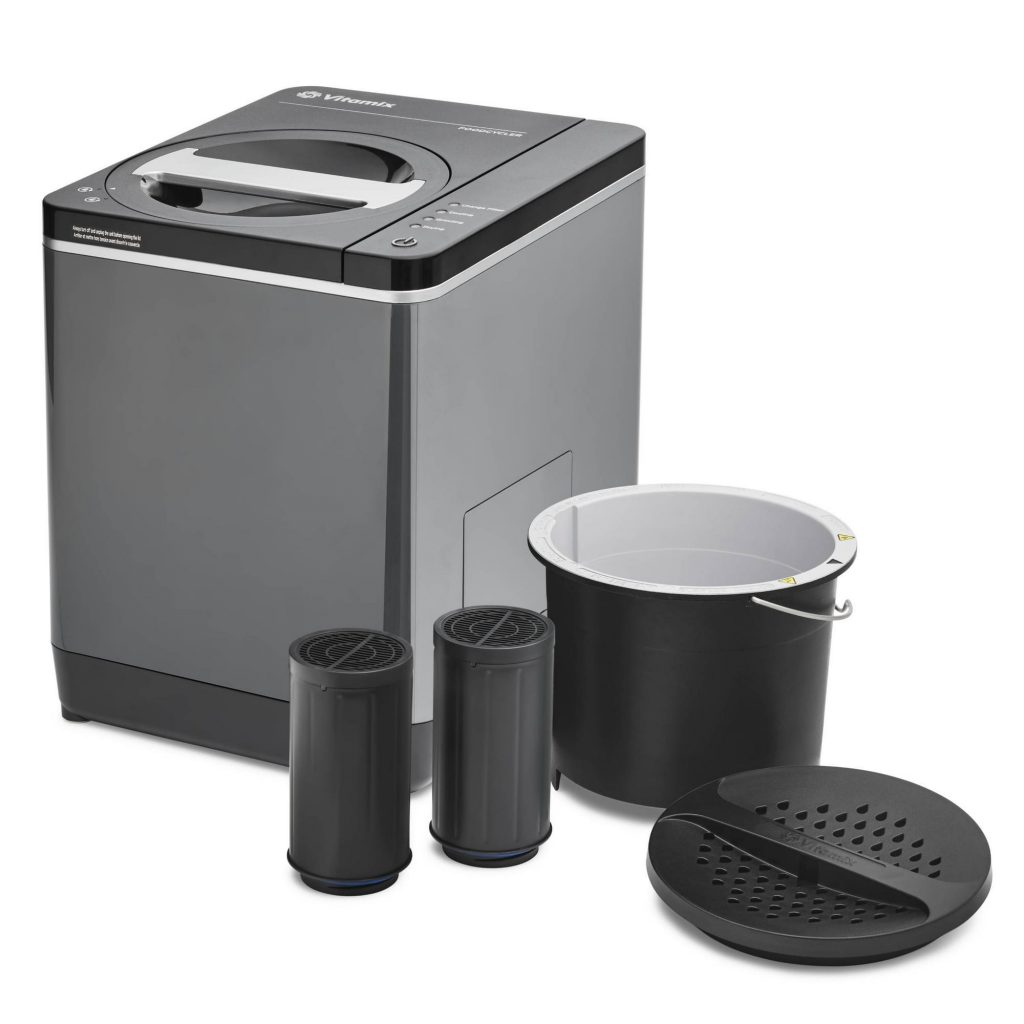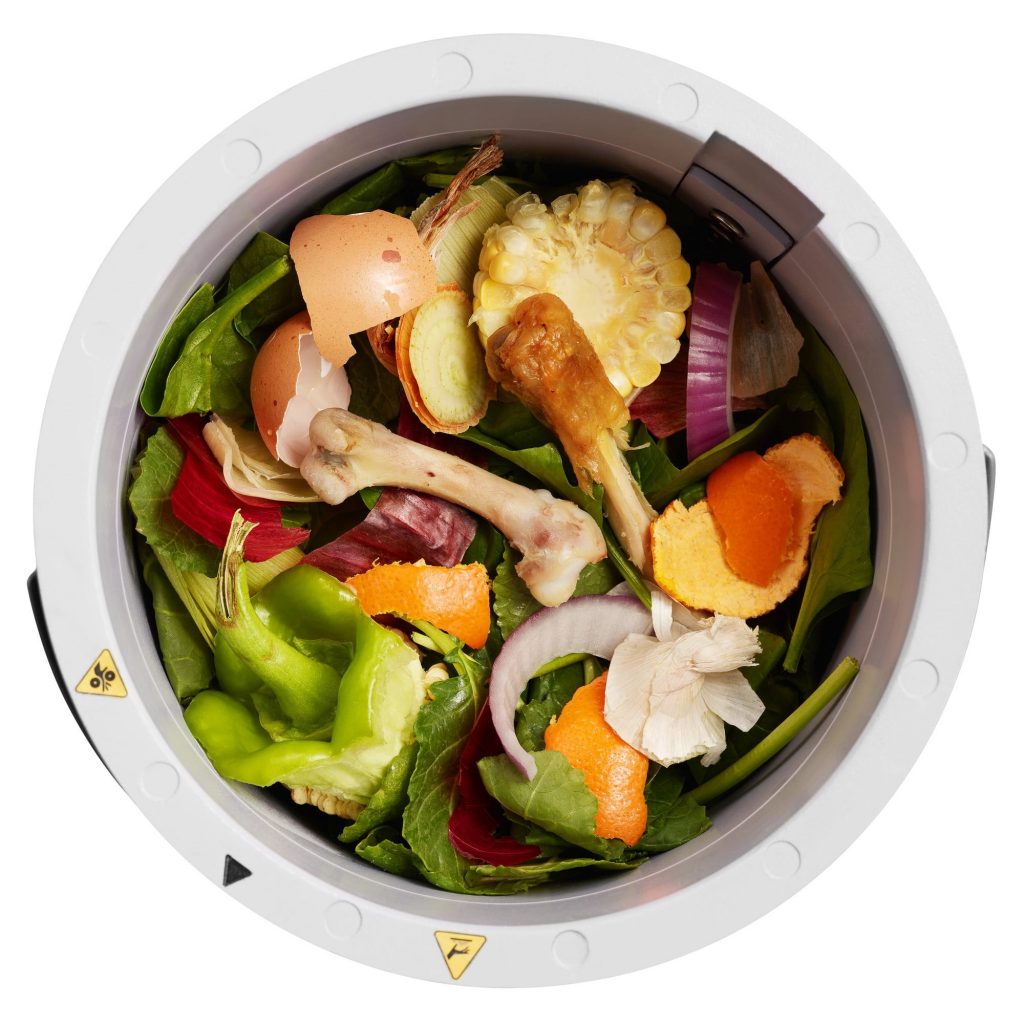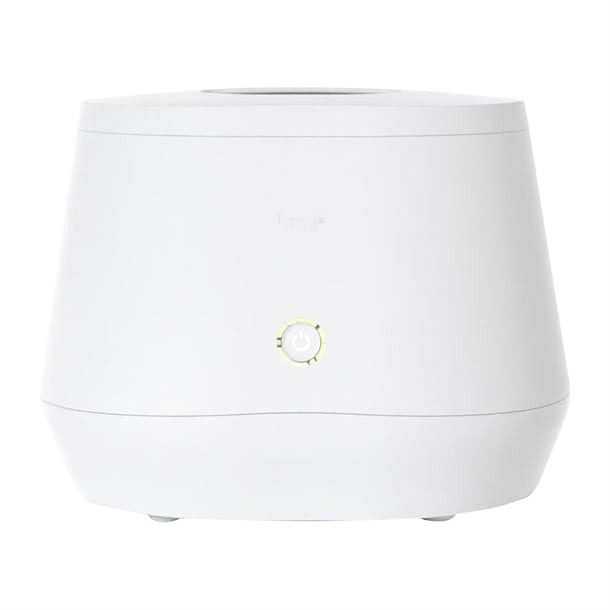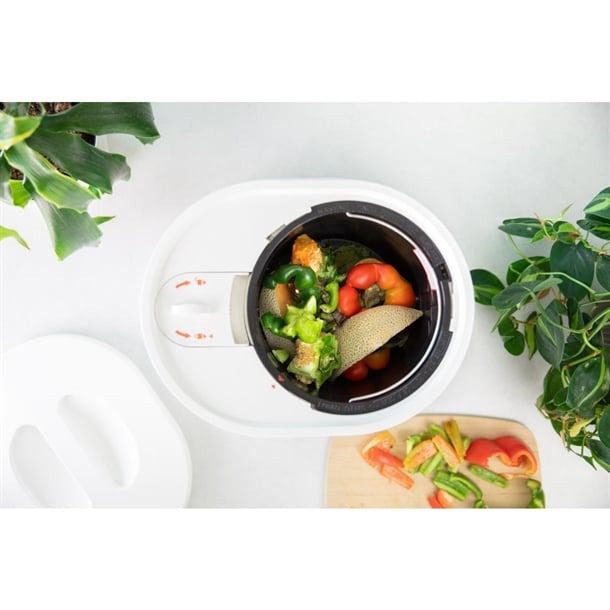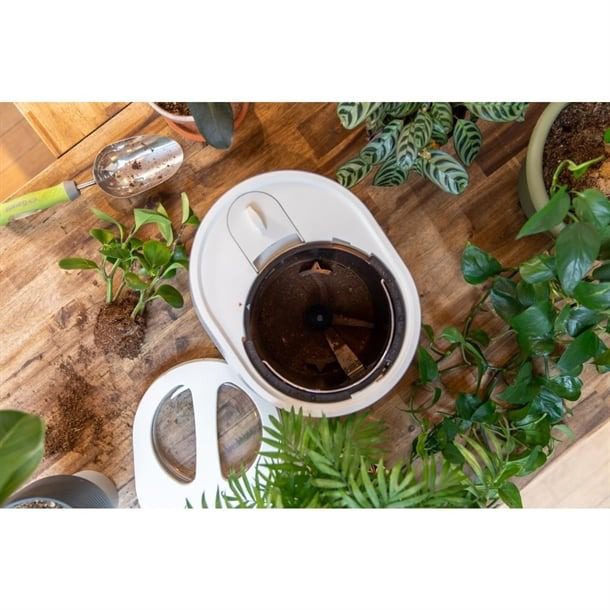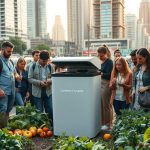Finding the Best Composter for Home Use: A Kitchen Composting Adventure
Hey there! So, I’ve been on a mission lately to green up my life a bit, and one thing I’ve zeroed in on is composting.
I mean, who doesn’t want to turn their banana peels and coffee grounds into something useful instead of just tossing them in the trash?
But here’s the thing—I live in a small apartment, and I don’t have a backyard to mess around with a big outdoor compost pile.
That’s when I started digging into the world of kitchen composters. I wanted to find the best composter for home use that fits my space, budget, and honestly, my laziness level when it comes to upkeep.
After some trial and error (and a little bit of stink—more on that later), I’ve got the scoop on three kitchen-based composters across different price ranges: low, mid, and high.
Let’s dive in and figure out which one might be the best composter for home use for you too!
Why Kitchen Composting Rocks
Before we get into the nitty-gritty, let’s chat about why I even bothered with this. Kitchen composting is a game-changer if you’re trying to cut down on waste.
About a third of what we throw out is food scraps that could totally be turned into nutrient-rich goodness for plants.
Plus, it’s satisfying to feel like you’re doing something good for the planet, right? I don’t have a garden, but I’ve got some sad houseplants that could use a boost, and I figured composting might just be their ticket to thriving.
The trick was finding the best composter for home use that wouldn’t take over my tiny kitchen or make it smell like a dumpster.
I looked at three options: a low-budget basic bin, a mid-range electric gadget, and a high-end fancy-pants composter.
Each one’s got its vibe, and I’ll break it down with my real-life take—pros, cons, and all.
Low Price Range: The Epica Stainless Steel Compost Bin ($25-$30)
First up, we’ve got the budget-friendly Epica Stainless Steel Compost Bin. This little guy is about as simple as it gets, and at under 30 bucks, it’s not going to break the bank.
I snagged one because I wanted to dip my toes into composting without committing to anything too crazy. Spoiler: it’s a solid contender for the best composter for home use if you’re just starting out.
What’s It Like?
It’s a sleek, stainless steel canister—think of it like a mini trash can with a lid. It holds about 1.3 gallons, which was perfect for my small countertop.
The lid has a charcoal filter tucked inside, which is supposed to keep the smells at bay.
I tossed in my usual suspects: veggie scraps, eggshells, coffee grounds. It’s not fancy—no bells or whistles—but it gets the job done.
The Good Stuff:
- Affordable: At this price, it’s a no-brainer for beginners.
- Smell Control: That charcoal filter? It actually works! I left some onion peels in there for a few days, and my kitchen didn’t turn into a stink zone.
- Easy to Clean: Stainless steel wipes down like a dream—no lingering gunk.
- Looks Decent: It’s not an eyesore, so I didn’t mind leaving it out.
The Not-So-Good Stuff:
- Small Size: If you cook a lot, it fills up fast. I had to empty it every couple of days.
- No Processing: This isn’t a composter that makes compost—it just holds scraps until you take them somewhere else (like an outdoor bin or a community drop-off).
- Filter Replacement: The charcoal filter needs swapping every 3-6 months, which adds a tiny cost (about $5-$10 a pop).
My Take:
For me, this was a great entry point. I’d pair it with a plan to empty it regularly—like into a friend’s backyard composter or a local pickup program.
Check out the 300L Backyard Compost Bin they have
It’s not the full composting experience, but for the price and simplicity, it’s a strong pick for the best composter for home use in the low-budget category.
Tip: Freeze your scraps in a bag before tossing them in to cut down on smells even more—especially if you’re slow to empty it like I was at first!
Mid Price Range: The Vitamix FoodCycler FC-50 ($300-$400)
Next, I stepped up my game with the Vitamix FoodCycler FC-50. This one’s an electric composter, and at around $300-$400, it’s definitely a bigger investment.
I’d heard buzz about it being the best composter for home use for folks who want something more high-tech, so I gave it a whirl.
What’s It Like?
Picture a small, boxy machine—about the size of a bread maker. You dump your scraps into a bucket, pop on the lid, and hit a button.
It dries and grinds everything into a powdery mix over a few hours. I tried it with apple cores, carrot peels, and even some leftover chicken bones (it can handle more than your average compost pile!).
The Good Stuff:
- Speedy Results: In 4-8 hours, I had a dry, soil-like powder. No waiting weeks for decomposition!
- Handles Tough Stuff: Bones, meat, and citrus? No problem. It’s way more versatile than traditional composting.
- Odor Control: The carbon filters in the lid kept things pretty neutral while it ran.
- Compact: It fit on my counter without hogging too much space.
The Not-So-Good Stuff:
- Not True Compost: Okay, here’s the catch—it doesn’t actually make finished compost. It’s more like dehydrated food scraps. You still need to mix it with soil and let it break down more.
- Noise: It’s not loud like a blender, but there’s a low hum that got annoying if I ran it overnight.
- Pricey Upfront: $300+ felt steep for something that’s not a complete solution.
- Energy Use: It runs on electricity, so it’s not as eco-friendly as a passive bin.
My Take:
I loved the convenience and how it tackled tougher scraps, but I wasn’t thrilled that it didn’t give me ready-to-use compost. It’s a cool middle ground if you want something automated and don’t mind the cost.
For a mid-range option, it’s a contender for the best composter for home use, especially if you’ve got a little outdoor space to finish the process.
Tip: Add a handful of dry stuff (like coffee grounds) with wet scraps to avoid clogs—learned that the hard way with some soggy watermelon rinds!
High Price Range: The Lomi by Pela ($500-$600)
Finally, I went all out with the Lomi by Pela, a high-end electric composter that’s been hyped as the best composter for home use for eco-warriors with cash to splash.
At $500-$600, it’s a serious commitment, but I was curious if it’d live up to the buzz.
What’s It Like?
This thing looks like a sleek, futuristic appliance—almost like a fancy coffee maker. It’s got three modes: “Eco” (quick dry), “Grow” (compost-like output), and “Bio-Plastics” (for breaking down compostable plastics).
I loaded it with veggie scraps, a bit of meat, and even a compostable fork to test it out. It churns away for 3-20 hours depending on the mode.
The Good Stuff:
- Versatility: The three modes are awesome. “Grow” mode got me closest to actual compost, which my plants loved.
- Quiet: It’s whisper-quiet compared to the FoodCycler—perfect for late-night runs.
- Odor-Free: The filters and sealed design meant zero stink, even with meat scraps.
- Eco Cred: It’s from Pela, a company big on sustainability, and it can handle bioplastics—super cool if you use those.
The Not-So-Good Stuff:
- Price Tag: $500+ is a lot to swallow, especially if you’re new to composting.
- Space Hog: It’s bigger than the others, so my tiny counter felt crowded.
- Learning Curve: Figuring out the modes took some trial and error—I overcooked my first batch into dust!
- Additives: You need to toss in a LomiPod (a microbial booster) for the best results, which adds to the cost.
My Take:
The Lomi is fancy and legit delivers a more compost-like end product than the FoodCycler. If you’ve got the budget and want the best composter for home use that feels like a full composting solution, this is it.
I’d say it’s worth it if you’re all-in on reducing waste and greening your home.
Tip: Use the “Grow” mode for plant-ready stuff, and don’t skip the LomiPod—it makes a difference in the breakdown.
Which One’s the Best Composter for Home Use?
So, after messing around with all three, here’s my take:
- Epica ($25-$30): Best for beginners or small spaces on a budget. It’s simple, effective, and won’t overwhelm you.
- Vitamix FoodCycler ($300-$400): Best for folks who want convenience and don’t mind finishing the compost elsewhere.
- Lomi ($500-$600): Best for serious composters with cash to spend and a passion for sustainability.
For me, the Epica won out because it fits my lifestyle—cheap, low-maintenance, and I can drop scraps off at a community bin.
But if I had more space and money, I’d be tempted by the Lomi’s all-in-one vibe.
The best composter for home use really depends on your setup, budget, and how much you’re willing to tinker.
Handy Hints for Kitchen Composting
- Chop It Up: Smaller scraps break down faster, no matter which composter you pick.
- Balance Wet and Dry: Too much wet stuff (like fruit) can get smelly—toss in some dry coffee grounds or paper scraps.
- Empty Regularly: Even with filters, don’t let scraps sit too long—once a week is my sweet spot.
- Store Smart: If your bin’s full, pop scraps in the freezer until you can deal with them.
- Check Local Options: No outdoor space? Look for community composting programs near you.
10 FAQs About the Best Composter for Home Use
- What’s the best composter for home use if I’m on a tight budget?
The Epica Stainless Steel Bin is your go-to—cheap, simple, and effective for under $30. - Do electric composters really make compost?
Not fully. They dry and grind scraps, but you often need to mix the output with soil to finish the process. The Lomi gets closest. - Can I compost meat and dairy in these?
Yes, with electric ones like the FoodCycler and Lomi. The Epica’s better for just veggie scraps unless you empty it fast. - How do I stop the smell?
Filters help (all three have them), but freezing scraps or emptying often is key. - What’s the smallest best composter for home use?
The Epica’s super compact—fits anywhere in a tiny kitchen. - Do I need outdoor space for these?
Nope! They’re all indoor-friendly, though the Epica needs a place to dump scraps eventually. - How long does it take to get compost?
Epica: Just holds scraps. FoodCycler: 4-8 hours for powder. Lomi: Up to 20 hours for compost-like stuff. - Are filters a hassle to replace?
Not really—every 3-6 months, and they’re cheap (except LomiPods, which are pricier). - Can kids use these safely?
The Epica’s foolproof. Electric ones have locking lids, so they’re safe too—just keep little hands away while running. - Which best composter for home use is easiest to clean?
The Epica wins—stainless steel wipes down in seconds. The electric ones need more bucket-scrubbing.
Wrapping It Up
Finding the best composter for home use was a fun little journey for me.
Whether you’re pinching pennies with the Epica, stepping up with the FoodCycler, or going luxe with the Lomi, there’s something out there for everyone.
I’m sticking with my budget bin for now, but I’m dreaming of the day I can splurge on a Lomi and really level up my plant game.
What about you—what’s your composting style? Let’s keep the green vibes going!

